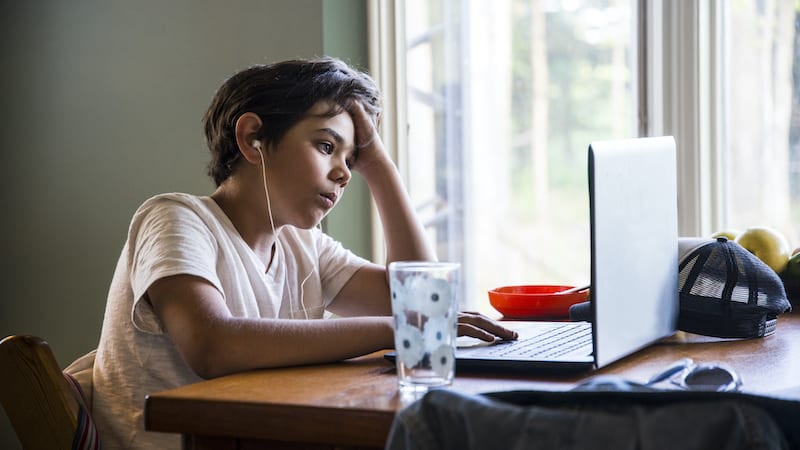As the U.S. braces for the increased spread of the coronavirus (COVID-19), the Centers for Disease Control and Prevention have outlined advice for parents and schools on how to prepare: use remote learning.
“You should ask your children’s schools about their plans for school dismissals or school closures,” said Nancy Messonnier, a director at the Centers for Disease Control. “Ask about plans for teleschool.”
Unfortunately, it’s not that simple. In fact, remote learning may be impossible for many schools to offer students on such short notice.
Not all students have access to technology.
While an estimated 58% of American schools report that they have 1:1 computer program, not all schools assign a computer to each student during the school day, nor do they all allow students to bring the devices home with them.
25% of students don’t have access to computers at home, either, according to the Pew Research Center. Internet access is also a problem, with higher-income families six times more likely than low-income families to have high-speed internet. And fewer black and Hispanic families have high-speed connections than do their white counterparts.
[contextly_auto_sidebar]
Cell phones are not the answer.
It is true that most students have cell phones. But have you ever tried to actually type an essay on one? Many students do, but with a lower quality of work. Moreover, multi-tasking by opening several tabs is often required for an assignment, and this is not easy to do on a cellphone.
Reading complex information requires focus, and when using a cell phone, students can be easily interrupted by calls, texts, and notifications. The time and effort of doing academic work on a handheld device is a recipe for frustration.
It takes time and training to develop an online class.
Some teachers use flipped classrooms, where students watch videos at home and practice skills during class time, and those classes may be the most effective in terms of accommodating students should their schools close.
Unfortunately, that’s the norm. Most teachers still use the traditional “face to face” model. Developing an online course is time-intensive and requires training that most teachers have not had. It’s not as simple as just doing what you do in class while you FaceTime students!
We need to be realistic.
Much is still unknown about the coronavirus. But even if you teach in a region of the country that has not had a confirmed case, you and your school must be prepared. Parents, administrators, and teachers need to have realistic expectations about what our students can accomplish while at home and away from school. We need to all be on the same page to reduce anxiety for students and families during this stressful, challenging crisis.
Have you and your schools considered the outbreak of coronavirus and remote learning possibilities? Come share in our WeAreTeachers HELPLINE group on Facebook.
Plus, How Schools are Preparing for Coronavirus.

